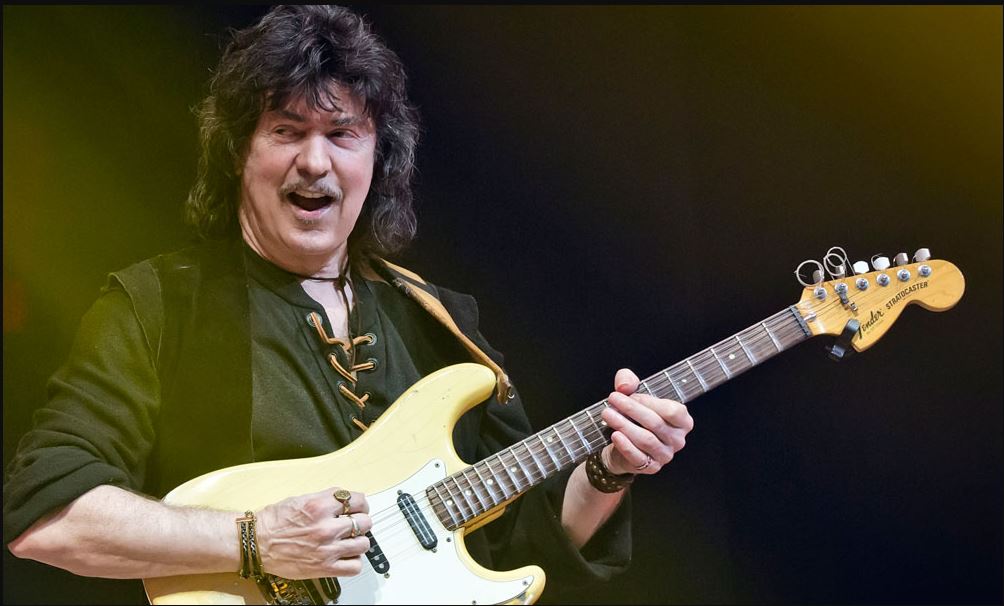
Whether in Deep Purple, Rainbow or as a solo entity, Ritchie Blackmore has always stood as one of the more original guitar players in the annals of rock music. Fusing a distinctive sound and aesthetic, he helped push the six-string into a more thunderous, atmospheric realm and is, of course, hailed as one of the progenitors of metal for his efforts.

From his pulsating use of distortion and other formative effects to the towering dive-bombs that Eddie Van Halen would later adopt as a crucial part of his own unique arsenal, there is no doubt that as the 1960s shifted to the next decade and life and music became darker, Ritchie Blackmore was one of the horsemen leading the charge into the apocalypse.
Despite his perceived originality, though, there was one who came before Blackmore and opened the gates to the stylistic area in which he has resided for so long: Jimi Hendrix. Without the expansive, effects-drenched and wholly innovative work of the Seattle native, rock and guitar playing would not have become so atmospheric and full-bodied. Even the Fender Stratocaster might not have become so iconic.

The outspoken Blackmore has never denied his love of Hendrix either. Across his career, he has openly celebrated his choice to tune half a step-down, phrasing, refreshing riffs, and general originality when constructing songs. While Blackmore had been conceiving his craft years before the emergence of Hendrix, the American’s boldness in setting the handbook on fire laid the foundations for his approach and others, such as Jimmy Page’s, to take the world by storm.
When speaking to Trouser Press in 1978 (via The Guardian), Blackmore provided another Candid account of Hendrix’s impact on his work. He conceded: “Everybody steals. It’s healthy to steal. The thing is to disguise who you’re stealing from. I used to steal a lot from Jimi Hendrix.”

After touching on Rainbow song ‘Rainbow Eyes’ from his latest album with his post-Deep Purple outfit Long Live Rock ‘n’ Roll—a track he was told sounded like Jimi Hendrix—Ritchie Blackmore made another significant revelation about the iconic guitarist.
He cast his mind back to the chaos that enveloped Deep Purple after they recorded 1973’s Who Do We Think We Are, which ended their legendary Mark II lineup, seeing frontman Ian Gillan and bassist Roger Glover depart until 1984’s Perfect Strangers. Recalling the madness of that period, Blackmore explained that he was on the verge of starting a new supergroup in the vein of The Jimi Hendrix Experience. It featured some of the day’s most iconic rockers.

At the time, both he and drummer Ian Paice “had enough” and wanted to leave Purple. Blackmore had worked himself into the ground and then was hospitalised with hepatitis for a couple of months, giving him the rest he needed. Following this juncture, he maintained that he would only stay if they completely changed the band. He told them: “‘Get a new bass player, and I’ll stay.’ Ian and Jon said OK. Glenn [Hughes from Trapeze] came in, so I stayed. Ian and I were gonna form another band with Phil Lynott from Thin Lizzy, actually.”
What would the new group sound like? Well, Blackmore was clear in that “it was like Hendrix number two”.
He added: “He looked like Hendrix, sounded like Hendrix. He was just singing; Roger was playing because he was a better bass player then.”

It’s safe to say that a convergence of Blackmore and Lynott would have been one for the ages, leaving us wondering why it never happened.
Leave a Reply